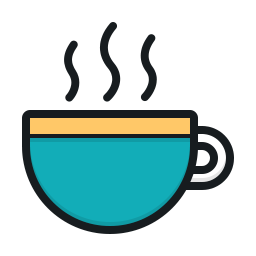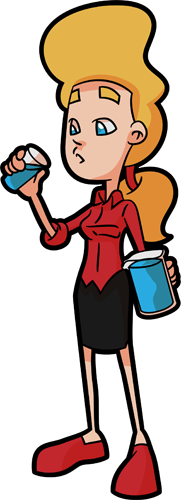Caffeine induced Mania | heavy use of Caffeine, a must read study

 Here, we report a case of a patient who reported using high dose caffeine and was observed with multiple episodes of caffeine-induced mania with psychotic features and met criteria for caffeine use disorder.
Here, we report a case of a patient who reported using high dose caffeine and was observed with multiple episodes of caffeine-induced mania with psychotic features and met criteria for caffeine use disorder.
Cases of caffeine-induced mania have been reported in published literature, but a case study in The American Journal on Addictions notes the first reported case of caffeine-induced mania in a patient specifically meeting the criteria for caffeine use disorder. This article was first published in wiley.com
A 69-year-old-female with a history of bipolar disorder not otherwise specified (BD-NOS), alcohol use disorder in remission, and hypothyroidism presented in a mixed manic state.
Her previous treatment had included clonazepam 0.25mg as needed, zolpidem 5mg as needed, and lurasidone 10mg but she had discontinued lurasidone due to weight gain without discussing it with her healthcare providers.
She had increased her coffee intake from 32oz. of coffee daily to 64oz. daily plus two cans of cola daily (about 840mg caffeine total) but also did not mention this to her providers.
Mood and associated symptoms improved over two weeks of hospital treatment with the addition of ziprasidone 100mg/day and discontinuation of caffeine; however, she resumed caffeine consumption on the day of discharge.
Caffeine Mania | She was again in a mixed manic state upon admission to Partial Hospitalization Program (PHP) the following day and continued to drink approximately 32oz. of coffee, two cans of cola and 1/3 bottle of 5-h Energy drink daily (about 526mg caffeine).
Ziprasidone was switched with iloperidone due to rash. She left PHP against medical advice while continuing to have disorganized thought process, pressured speech, and paranoia. She eventually stopped using 5-h Energy drink at the urging of her outpatient therapist and pharmacist, which led to a notable improvement in her mixed manic symptoms.
Although she was aware that the caffeine contributed to her mixed state and paranoia, she continued to consume it to improve her mood and cope with psychosocial stressors and became depressed when attempting to reduce her caffeine intake.
She got into fights with family members after drinking large amounts of caffeinated soda and 5-h Energy drink and engaged in compulsive behaviors (eg, getting into a car with strangers) while drinking two liters of cola per day.
Eventually she started low-dose lurasidone and bupropion yet discontinued their use due to side effects, but her mood was finally stabilized once she lowered her caffeine intake to one cup of coffee per day. She struggled to avoid caffeine use as she continued to receive outpatient counseling about her caffeine use disorder from her outpatient psychiatrist and therapist, along with attending 12-step meetings and group therapy targeting addictive behaviors.

While case studies describing caffeine-induced mania have been published as early as 1914, caffeine use disorder only first appeared in the Diagnostic and Statistical Manual of Mental Disorders, Fifth Edition (DSM-5).
- The authors admit that the caffeine alone may not have caused the patient's manic symptoms but that she had no clear history of mania or psychosis prior to this episode.
Caffeine use disorder can often be co-morbid with depression, anxiety disorders, antisocial personality disorder, alcohol use disorder, cannabis use disorder, and cocaine use disorder and clinicians are encouraged to discuss caffeine consumption with patients with these diagnoses.


